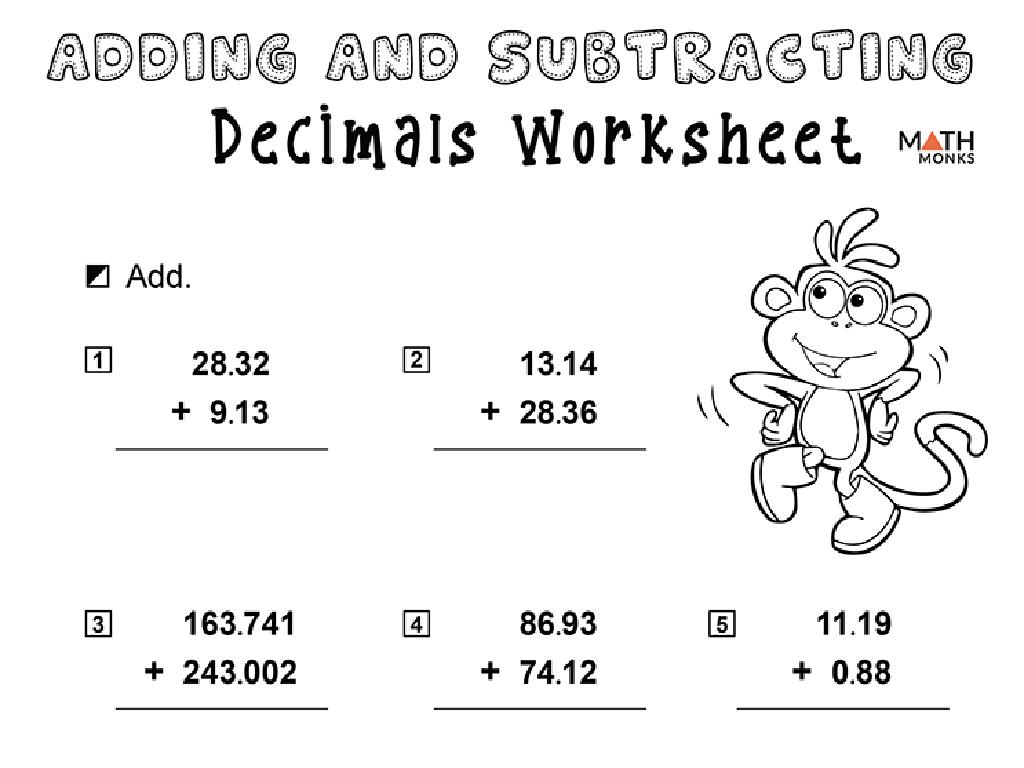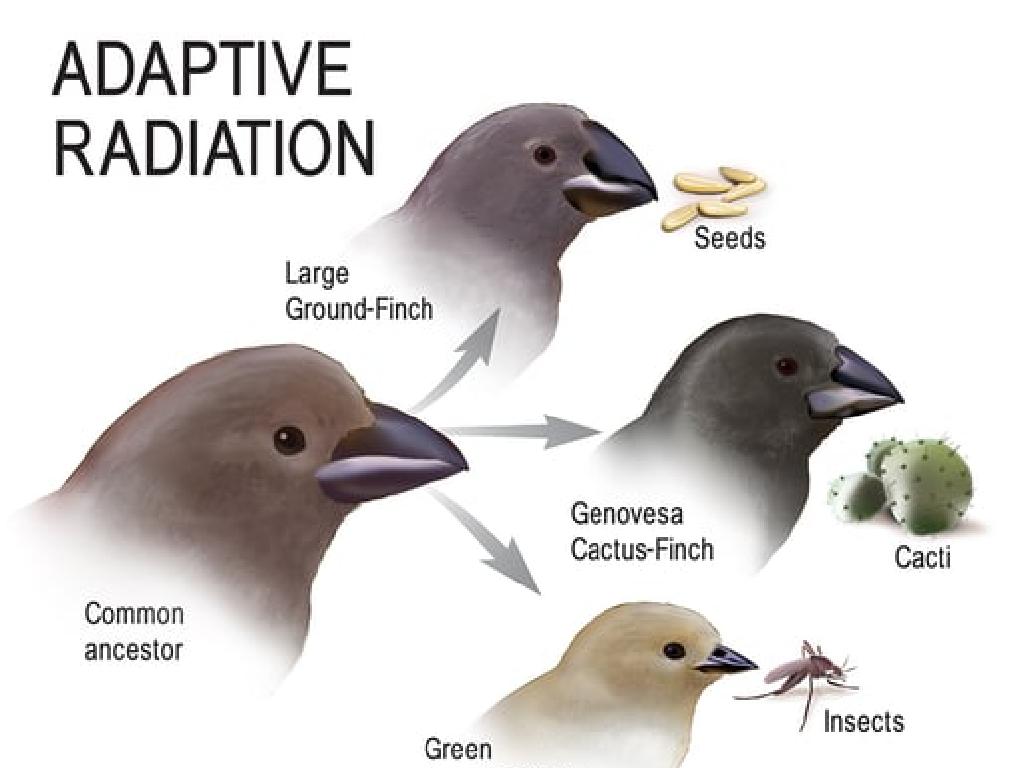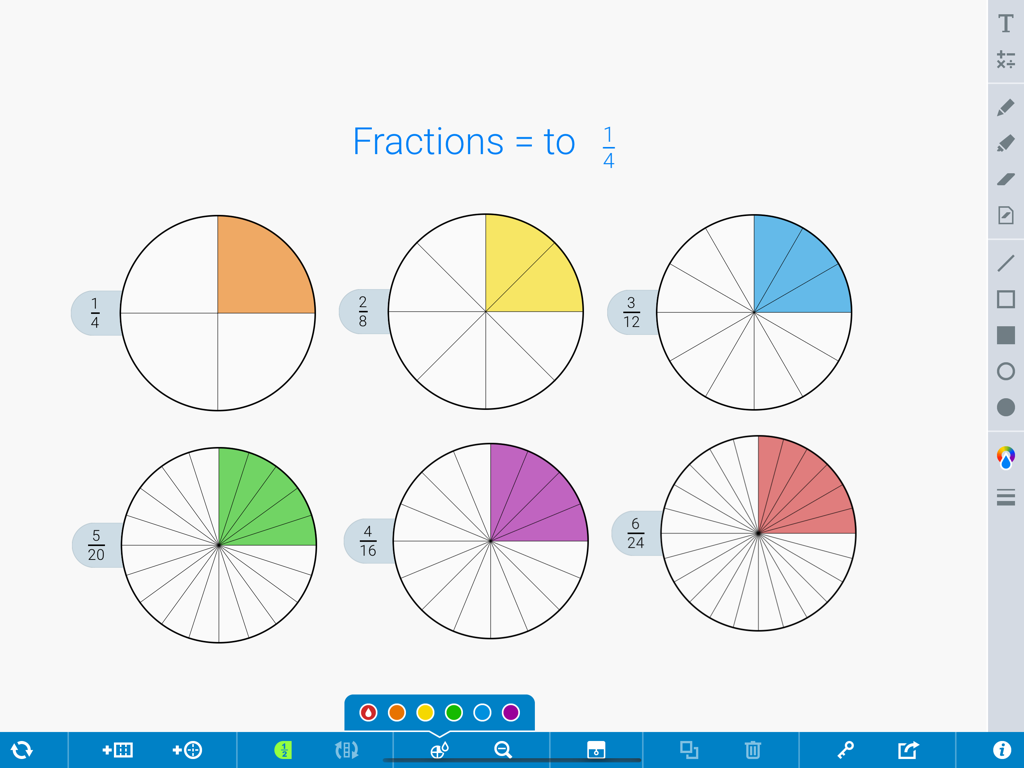Write Addition Sentences For Pictures - Sums Up To 5
Subject: Math
Grade: Kindergarten
Topic: Understand Addition Up To 5
Summary: Introduce Kindergarten students to the basics of addition with this engaging math lesson on writing addition sentences up to 5. Using pictures, counting, and fun visuals, children learn to combine groups, recognize symbols like "+" and "=", and write simple equations such as 2 + 3 = 5. Interactive activities like drawing, storytelling through numbers, and using real-life objects make learning hands-on, building a strong foundation in early math skills through visual problem-solving.
Please LOG IN to download the presentation. Access is available to registered users only.
View More Content
Welcome to Addition!
– Learning to add numbers
– Addition means putting together
– Like combining 2 apples with 3 apples
– Counting total things
– If you have 2 toys and get 3 more, how many now?
– Adding numbers up to 5
– We’ll practice with numbers 1, 2, 3, 4, and 5
|
This slide introduces the concept of addition to Kindergarten students. Start by explaining that addition is simply the process of combining two or more groups of things to find out the total amount. Use tangible examples like toys or fruits to illustrate the concept. Encourage the children to use their fingers to count and combine numbers up to 5. Make sure to engage with the students by asking them to participate in counting out loud and using visual aids like pictures or objects to help them understand. The goal is to make them comfortable with the idea of adding numbers within 5 in a fun and interactive way.
Learning Addition: Putting Together Numbers
– Addition means combining groups
– Adding makes numbers bigger
– The ‘+’ sign means ‘put together’
– Example: 2 apples + 3 apples = 5 apples
– We can add 2 and 3 to make 5
|
This slide introduces the concept of addition to Kindergarten students. Start by explaining that addition is like putting things together in one big group. Use tangible examples like combining different colored blocks or adding more toys to a pile. Emphasize that when we add, the total number of items increases, making the group larger. Show the addition sign ‘+’ and explain that it tells us to combine the numbers. Use a simple example with a common item, like apples, to illustrate this point. Encourage the students to visualize the process of adding two groups together to form a new, larger group. This foundational understanding will help them grasp more complex addition concepts in the future.
Let’s Count Together!
– Practice counting objects to 5
– Counting is the first step in addition
– The last number tells us the total
– If we count 1, 2, 3 apples, then there are 3 apples in total
– Let’s add objects together!
– Example: 2 teddy bears + 3 toy cars = 5 toys
|
This slide is designed to introduce Kindergarten students to the concept of addition by using counting as a foundation. Start by engaging the students in counting various objects up to 5, ensuring they understand that the last number they say when counting represents the total number of objects. Reinforce this concept with several examples, using classroom materials or pictures. Then, transition to simple addition by demonstrating how counting objects from two groups together gives us a new total. Use visual aids like toys or illustrations to show addition problems and solutions. Encourage the students to participate by counting aloud and solving addition problems as a class.
Adding with Pictures: Sums Up to 5
– Pictures help us learn addition
– Count items in each picture group
– If there are 2 apples and 3 oranges, count them separately
– Combine groups to find the total
– Add the two groups: 2 apples + 3 oranges = 5 fruits
– Practice with sums up to 5
– Try adding different picture groups together
|
This slide introduces the concept of using visual aids, such as pictures, to teach addition to kindergarten students. Start by explaining that pictures can represent numbers and can be used as a fun way to add. Demonstrate counting items in individual groups within the pictures, and then show how to combine these groups to find the total number of items. Encourage the students to practice with various picture combinations, ensuring that the sums do not exceed 5. Use simple and relatable items in the pictures, such as fruits, animals, or toys, to keep the students engaged. Provide hands-on activities where students can group physical objects and count them to reinforce the concept.
Writing Addition Sentences
– What is an addition sentence?
– It has numbers, a plus sign, and an equal sign.
– Example: 2 + 3 = 5
– Like a mini math story showing how two numbers combine to make a new one.
– ‘Addends’ are numbers we add
– The addends in 2 + 3 = 5 are 2 and 3.
– ‘Sum’ is the answer to addition
– The sum in 2 + 3 = 5 is 5, the total of the addends.
|
This slide introduces the concept of writing addition sentences to Kindergarten students. Start by explaining that an addition sentence is like telling a story with numbers where we combine them to see what they make together. Use simple examples with sums up to 5 to illustrate the concept. Explain the terms ‘addends’ and ‘sum’ with clear examples. Encourage the students to use objects like blocks or fingers to visualize the addition process. The goal is for students to understand the structure of an addition sentence and to recognize the terms ‘addends’ and ‘sum’ in the context of addition.
Example Time: Adding Fruits Together!
– Counting apples and oranges
– If we have 2 apples and 3 oranges
– Writing the addition sentence
– We write it as 2 + 3
– Finding the total number of fruits
– Add them up to see how many we have
– Understanding the sum is 5
– The answer is 5 fruits in total!
|
This slide is designed to visually demonstrate the concept of addition using familiar items like fruits. Start by showing pictures of 2 apples and 3 oranges, and ask the children to count each type of fruit. Then, guide them to write the addition sentence on the board: 2 + 3 = 5. Explain that when we add the two numbers together, it gives us the total amount of fruits, which is 5 in this case. Reinforce the concept by having the children repeat the addition sentence and confirm the sum. This hands-on example helps solidify their understanding of addition up to 5.
Your Turn to Add: Picture Addition
– Count objects in pictures
– Write your addition sentence
– Add the numbers of objects together
– Share with the class
– Tell us how you got your answer
– Practice makes perfect
|
This slide is an interactive activity for students to apply their understanding of addition with sums up to 5. Encourage the children to count the objects in the pictures provided in their homework or classwork. Once they have the total count for each group, they should write down the addition sentence that represents the sum of the objects. For example, if there are 2 apples and 3 oranges in the picture, the addition sentence would be 2 + 3 = 5. After writing their sentences, students will have the opportunity to share their answers with the class, fostering a collaborative learning environment. As a teacher, provide guidance and positive reinforcement as they work through the activity, and offer additional practice as needed to help them master the concept.
Class Activity: Addition Art
– Create your addition artwork
– Draw groups of objects
Draw anything you like: apples, balls, stars!
– Count and write the addition sentence
For example, 2 stars + 3 stars = 5 stars
– Display and explore sums to 5
See different combinations that make 5
|
This activity is designed to help Kindergarten students understand addition through a fun and creative art project. Students will draw groups of objects, such as 2 apples plus 3 apples, and then write the corresponding addition sentence. This hands-on approach reinforces the concept of combining quantities to make a new total. Teachers should provide guidance and ensure that each student’s artwork reflects sums that add up to 5. Possible variations of the activity could include using stickers, stamps, or collage materials to create the groups of objects. Encourage students to explain their addition sentences to the class, fostering a collaborative learning environment.





